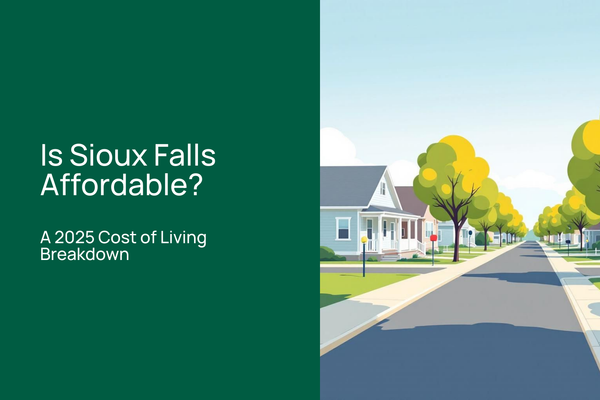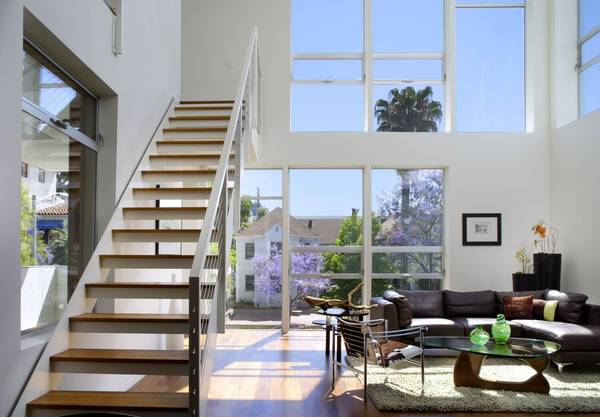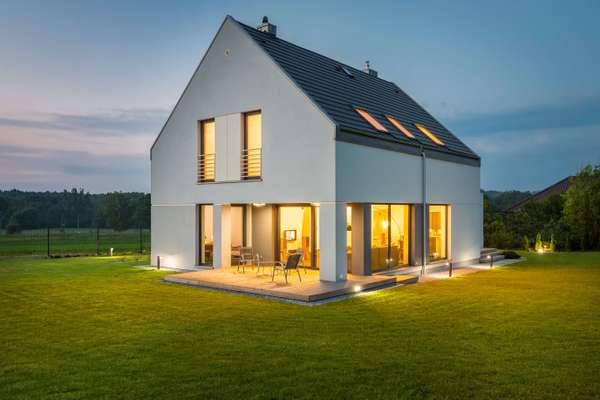Maximalism vs. Minimalism: Understanding Generational Design Preferences
Looking for low-risk inspiration for a home makeover? Whether you’re renovating your house to sell or fixing it to live in, you’ll do well turning to a maximalist or minimalist aesthetic— the design styles Gen Z and Millennials go crazy over.
With little effort or money, you can turn your home into a stylish haven that the newest generations of buyers won’t be able to ignore. Even if you’re not selling your home, the latest bold and simple design trends can give you a look you’ll love living with.
You’ve probably heard of minimalism—think Mid-Century Modern or Scandinavian design. But the minimalist style that Millennials embrace is softer and more laid back. What’s maximalism, you might ask? Maximalist design is a new(ish) approach to home styling and it’s largely how Gen Z members make their spaces their own.
Is “More” or “Less” More?
Maximalism revolves around the “more is more” mindset; rich and vivid colors and lots of layers create focused busyness. Minimalist design typically incorporates clean lines, neutral colors, and simplicity; furniture, art, and room layouts are intentionally uncluttered following the “less is more” philosophy.
While Gen Z prefers maximalism, a look all about self-expression and creativity, Millennials enjoy decorating in a more subdued manner. Maximalist home designers seek playful ways to bring their homes to a new level, finding inspiration in a variety of sources, including diverse cultures and eclectic aesthetics. Minimalist homes are casually elegant and rooted in attractive functionality; tidy but not stark, more California Coastal than Mid-Century Modern.
If you want to attract a Gen Z buyer (or decorate in a bold and carefree design style), consider a maximalist look. From the outside, maximalism may seem chaotic and over the top. But, to those who embrace the style, it’s wonderfully unconventional and extremely customizable.
Looking to appeal to the Millennial crowd? Think of what the trendiest hotels look like today: lots of reclaimed wood, eco-friendly furnishings, and an overall look that says “function over flare.” Then, copy that style, ensuring you have plenty of carefully placed plants and a few pieces of statement artwork.
The Differences Between Maximalism and Minimalism
There are several key differences between maximalism and minimalism in design. Learn what to focus on and play up to attract buyers who prefer these popular styles.
Visual appearance – Maximalist spaces are filled with texture, pattern, and color and are often contrasting and busy. Minimalist interiors feature few decorative items and only essential furnishings; everything is carefully chosen to be attractive and functional—often in a neutral or muted color palette.
Furnishings – Maximalist furnishings sometimes seem out of place and over the top to those who aren’t drawn to the look—think ornate styles and an eclectic mix of furniture often covered with unconventional fabrics (in surprising colors). Minimalist furnishings are simple; frequently understated and often made of sustainable materials.
Color – While maximalism focuses on bold, vivid color and vibrant hues mixed freely without regard to rule or exceptions, minimalism incorporates muted, monotone, and muted shades (like the ultra-popular Millennial Pink).
Emotional feel – Maximalist spaces can seem too busy, but those who love this design style find calm in what appears to some as a cluttered environment. A maximalist home decorator enjoys bringing personality into a space through fun furniture, colors, fabrics, and artwork. The creative process that fuels maximalist design suits many Gen Z members who are known for making their own way. On the flip side, the minimalist home is generally seen by all as a serene and relaxing one. Minimalist interiors that Millennials flock to don’t stimulate and excite but rather create a sense of comfort.
Why Care About the Differences Between Maximalism and Minimalism Decor?
Knowing a bit about the design trends that today’s homebuyers embrace will help you ready your home for the market.
Gen Z is pushing maximalism to the extreme, so take note; roughly 48% of the members of this generational group opt for a bold design style, which can include Cottage Core and ramped up versions of Farmhouse and Bohemian Vintage styles. Wondering what specific decorating updates will attract maximalists? Consider gallery walls (packed with unique artwork), velvet and thrifted furniture, and lots of unusual knick-knacks.
Roughly 67% of Millennials prefer modern and tidy interiors, so win them over with clean design and open floor plans. This generational group loves blank walls with intentional and minimal decorating—monotone and muted colors and multi-functional furniture that softly speaks “attractive essential.”
Think you might stay in your home for a while? Take a look at maximalist and minimalist design to see which aspects of these styles you might love living with. And, note which decorating updates you can make without investing a lot of time and money, in case you want to change the style when you decide to sell.
Are you looking to sell or buy a new home? Let Better Homes & Gardens Real Estate® walk you through the process.
The post Maximalism vs. Minimalism: Understanding Generational Design Preferences appeared first on Better Homes and Gardens Real Estate Life.
Categories
- All Blogs (109)
- Achievements (2)
- BHGRE Life (51)
- Buyer Guides (16)
- Distinctive Life (17)
- First-Time Buyer Essentials (9)
- First-Time Seller Essentials (7)
- Home Trends (19)
- Lifestyle (32)
- Listings (11)
- Local Events (2)
- Luxury Lifestyle (18)
- Recipes (1)
- Seller Guides (14)
- Travel (4)
- Winter Decor Guides (4)
Recent Posts











